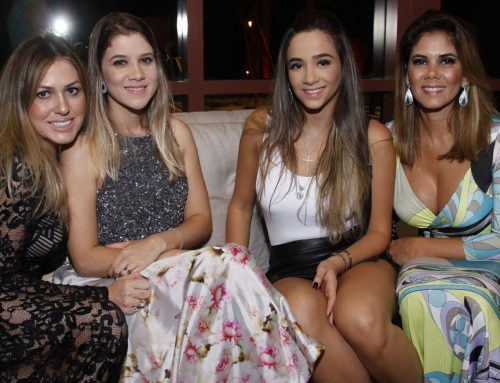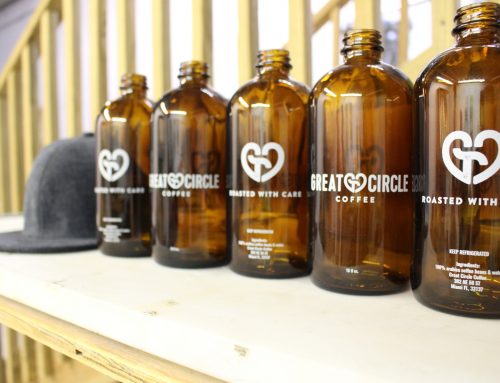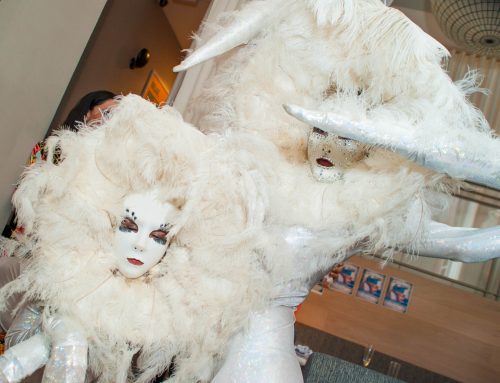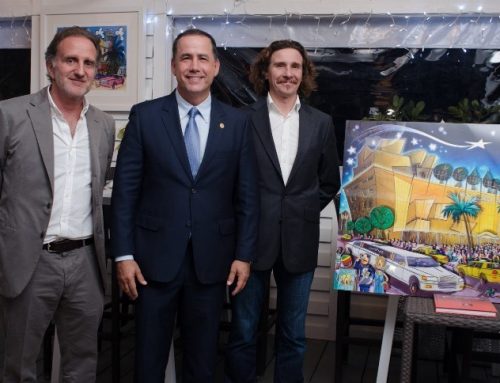By Luna Vega
I attended Miami Art Basel this weekend, and I am still recovering from a case of information overload. I originally went with no specific agenda in mind besides taking a break from New York city. But very quickly, I turned it into an experiment on attention spans and marketing. I took notes on which pieces were the most popular and watched how attendees interacted with the art. I was intrigued in seeing how exhibit attendees would process information in this chaotic environment, much like the Internet. What would stand out? What would go unnoticed? And why?
The most popular art pieces were from re-known artists, inspirational and provoking quotes, naturally followed by the unique/unseen. Now, not all unique/unseen pieces performed well. Artists often aim to push boundaries and shock their audience, but it doesn’t necessarily translate into unanimous likeability. What performed best – were art pieces that took the mundane and stirred it up. Most specifically, a piece that first looks like a delicate antique sculpture but is actually a carved white paper with thousands of layers that can be expanded took the limelight. The sculpture from Beijing artist Lo Hongbo‘s was a glorified slinky. What looked like a conventional sculpture morphed into an extraordinary, unexplainable craftsmanship. It captured every passerby who walked by and quickly turning into a dense crowd.
Lo Hongbo hit the jackpot and created a “purple cow,” a term coined by Seth Godin. Most viral youtube videos have similar ingredients; they take mundane situations and provide unexpected scenarios. The most successful videos take it further by providing simple ideas that can be easily re-created. The “Harlem Shake” videos, for example, featured expected group settings, friends playing video games or individuals at work. It took these normal scenarios by adding an intruder, a friend with a helmet dancing by himself, with a reveal of everyone going crazy.
Creating a disruptive, unique idea is often key to capture people’s attention, we can all agree. But what bothers me with this goal, is that it’s unrealistic. It will happen once in someone’s career, if at all. Now, I am not suggesting to not aim for greatness. But, how can everyday brands set themselves apart without a “purple cow.”
This brings me to my second Art Basel story. At the Untitled show, there was a Miami based bookstore with some interesting Art books. Their set-up was unpretentious and yet effective. The bookstore cashier started chatting with my friend & I. She explained in a non-pushy way the concept behind the bookstore and explained they offered locally grown fruits with the purchase of every book. My friend purchased a book, and we both asked for a business card.
This Miami based publisher, Exile books had done an incredible job establishing a connection with me and my friend. They had outstanding customer service which won them a sale and two social media followers.
In an environment where everyone is competing for attention, it’s extremely hard to win. You either get noticed or have a brand name people know to look for. Miami Art Basel was pure chaos. Everything collided into a mix-match of nothingness. I saw over 200 art pieces or more in the span of 2 days. I only vividly remember the two instances I mentioned above. Yet, I am more likely to continue a relationship with the Exile books publisher than the artist (since I don’t have the funds to buy the artwork). As unique as it was, it will go forever forgotten in a few days when my attention goes to something else.
The lesson I learned at Miami Art Basel – is that cherishing relationships and only focusing on the people that matters is more valuable than trying to please the 99% of the population.
Of course, we can all try to attain perfection and create “a purple cow.” In the meantime, focus on one small community at a time, have substance and grow from there.
References:




